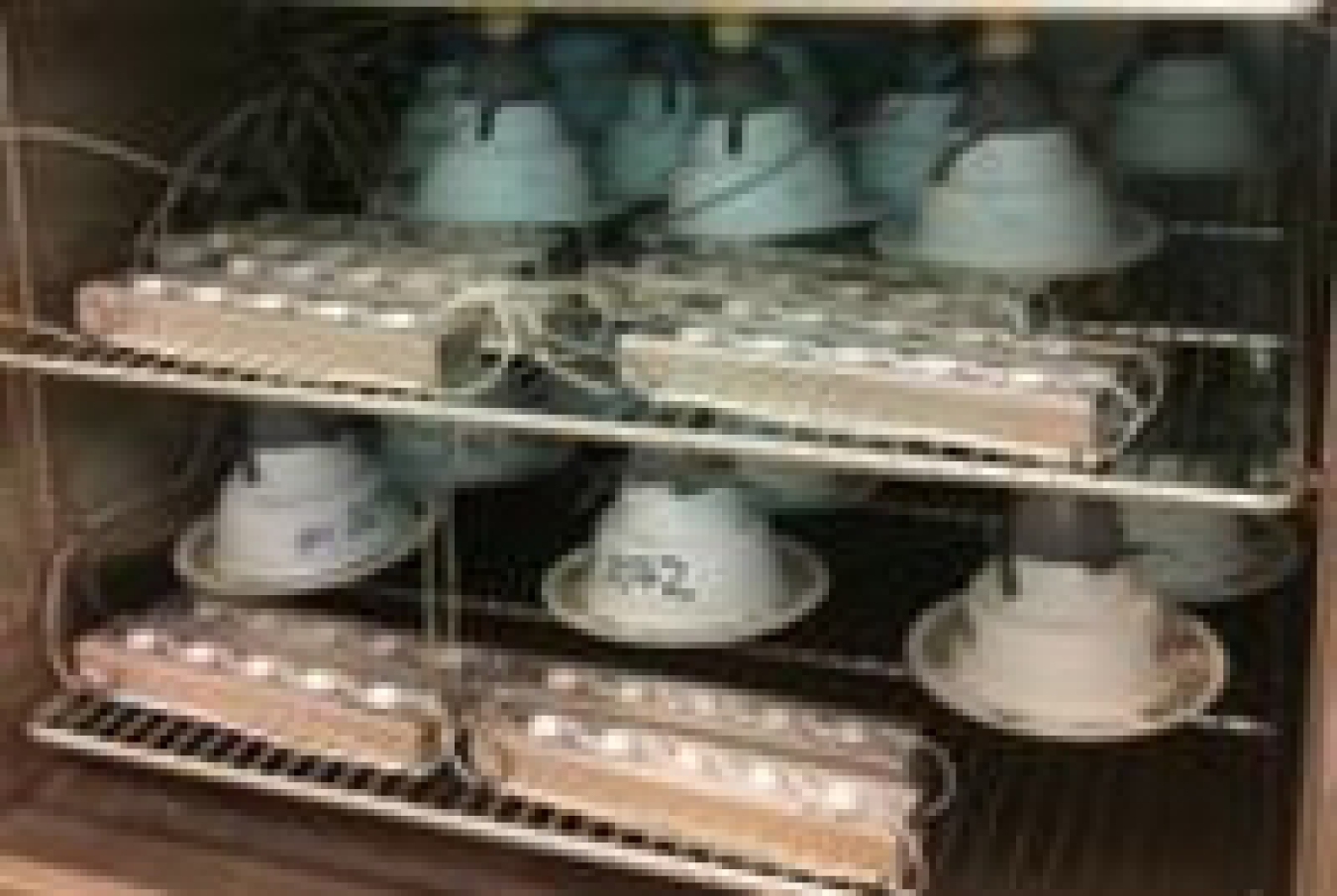
With the help of DOE funding, RTI International is developing and validating accelerated life testing (ALT) methodologies and reliability models for predicting the lifetime of integrated solid-state lighting luminaires. While the technical literature in the electronics and lighting communities has been extensively utilized, the general lack of certified information on luminaire failure modes (for both SSL luminaires and older technologies) has required that a majority of this effort focus on understanding what happens during the luminaire aging process. This information is being used to identify potential failure modes, understand variations across a given product line, and ultimately determine how long testing will take.
RTI has performed many thousands of hours of ALT testing on entire luminaires and luminaire components under extreme conditions of temperature, humidity, and voltage. In addition, comprehensive photometric testing has been performed in combination with ALT tests, whose protocols were chosen to stress each element of the SSL luminaires, from solder joints to electrical components to the LEDs themselves. The results to date clearly demonstrate that LED lumen maintenance is not a proxy for luminaire reliability; that a systems-level approach encompassing all luminaire components is required to understand the long-term performance of SSL luminaires; that LEDs are an extremely robust light source, even under extreme temperature and humidity conditions; and that well-designed SSL luminaires are also robust and can withstand harsh environments for prolonged periods.
RTI also continues to refine its models for projecting chromaticity shift. As part of this effort, it teamed with Pacific Northwest National Laboratory to perform a detailed analysis of PAR38 lamps tested in the CALiPER program and identified four fundamental chromaticity shift modes for LEDs. As part of its validation efforts for the models, RTI has demonstrated that its chromaticity shift projection methods can be applied to LEDs, lamps, and luminaires. RTI has also worked with the State Construction Office of North Carolina to develop a guidance document for the use of SSL in state-owned office buildings. The document provides best practices for the use of SSL technologies in both new construction and retrofit applications. (May 2016)
Return to Research Highlights.

